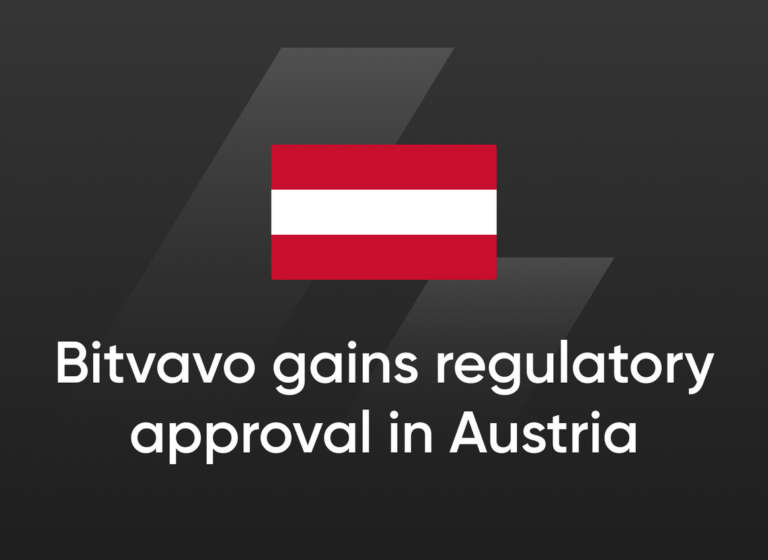According to a BaaS research, conducted by Aite-Novarica Group, BaaS is an approach utilised by 82% of fintechs, among them the big players, including Revolut. However, 25% of fintechs would be interested in moving from a BaaS to Embedded Banking provider, the research states.
The concept of Banking-as-a-Service (BaaS) and Embedded Banking, while related, cater to different aspects of financial services integration. BaaS is a model where banks or financial institutions provide their infrastructure to third parties, allowing them to offer banking services. This model requires companies to manage regulatory and compliance requirements, source third-party services, and handle sensitive customer data, which can be a significant undertaking.
On the other hand, Embedded Banking, also known as embedded finance, integrates financial services directly into non-financial digital platforms, removing many of the regulatory and compliance burdens from the company. With embedded finance, providers manage the necessary regulatory aspects, such as compliance, Know Your Customer (KYC), and Anti-Money Laundering (AML) processes, and integrate services like card processing and white labeling options.
Choosing between BaaS and Embedded Banking depends on the company’s goals. BaaS is suitable for businesses aiming to build financial products from the ground up and manage the associated challenges. In contrast, Embedded Banking is ideal for companies looking to seamlessly incorporate financial services into their existing digital offerings without the complexities of financial regulations.
The embedded finance market is rapidly growing and is expected to reach significant value in the coming years, driven by the pandemic’s acceleration of digital services and the emergence of new use cases in various sectors. It represents the evolution of what BaaS started, offering a third option for companies looking to integrate financial services without the heavy lifting required by BaaS.





